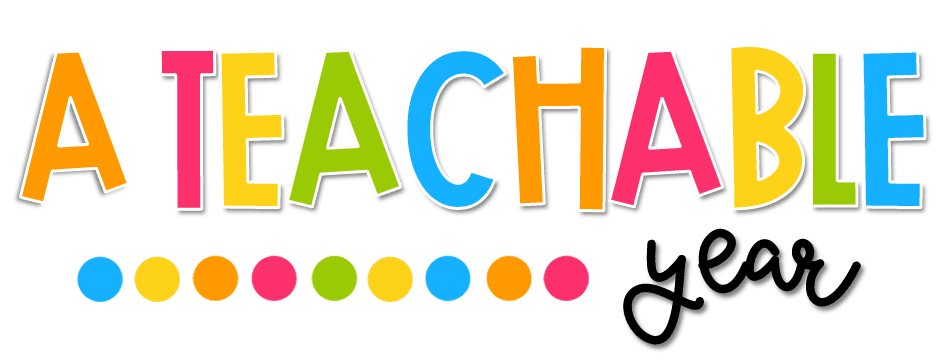Teaching about Mardi Gras in ESL classes offers a vibrant exploration of culture, tradition, and the joy of celebration. By integrating language exercises, cultural insights, interactive activities, and reflective discussions, educators can create an immersive lesson that not only enhances language skills but also fosters an appreciation for cultural diversity and festive traditions.
Understanding Mardi Gras
Mardi Gras, French for "Fat Tuesday," is a carnival celebration that precedes the Christian season of Lent. It's characterized by vibrant parades, costumes, music, and indulgence before the fasting period.
Mardi Gras, French for "Fat Tuesday," is a carnival celebration that precedes the Christian season of Lent. It's characterized by vibrant parades, costumes, music, and indulgence before the fasting period.
Language Skills and Activities
Vocabulary Enrichment:
Introduce Mardi Gras-related vocabulary such as parade, mask, costume, beads, carnival, float, and specific elements of the celebration. Utilize visuals, flashcards, or matching games to reinforce vocabulary.
Reading and Comprehension:
Select articles, stories, or cultural pieces about Mardi Gras traditions, its history, or the significance of carnival celebrations. Conduct reading sessions followed by discussions or comprehension tasks.
Writing Tasks:
Encourage students to write descriptive essays, stories, or journal entries about Mardi Gras. They can describe their ideal carnival experience or imagine themselves participating in a Mardi Gras parade. This exercise nurtures language skills and creative expression.
Cultural Insights
History and Origins:
Explore the historical roots of Mardi Gras, its origins in different cultures, and how it's celebrated around the world. Discuss the cultural significance and variations of the celebration.
Symbolism and Traditions:
Discuss the symbolism behind Mardi Gras colors, masks, beads, and the customs associated with parades, music, and food. Encourage students to share any similar festive traditions from their own cultures.
Interactive Activities
Costume Design:
Engage students in designing and creating their own Mardi Gras masks or costumes using craft materials. This hands-on activity encourages creativity while reinforcing vocabulary.
Dance and Music:
Teach students a simple traditional dance associated with Mardi Gras or play music from carnival celebrations. Encourage them to learn a few dance steps or discuss the cultural significance of the music.
Teach students a simple traditional dance associated with Mardi Gras or play music from carnival celebrations. Encourage them to learn a few dance steps or discuss the cultural significance of the music.
Reflective Discussions
Cultural Diversity:
Initiate discussions on the importance of celebrating diversity and embracing cultural traditions. Encourage students to share their experiences with different festivals or carnivals.
Carnival Around the World:
Explore how similar festivities are celebrated in different countries. Discuss commonalities and differences between Mardi Gras and other cultural celebrations.
As we celebrate Mardi Gras, let us inspire students to embrace cultural richness, celebrate diversity, and cultivate a sense of unity through the joyous spirit of carnival.
Explore how similar festivities are celebrated in different countries. Discuss commonalities and differences between Mardi Gras and other cultural celebrations.
As we celebrate Mardi Gras, let us inspire students to embrace cultural richness, celebrate diversity, and cultivate a sense of unity through the joyous spirit of carnival.



No comments
Post a Comment
Thanks for your comment!